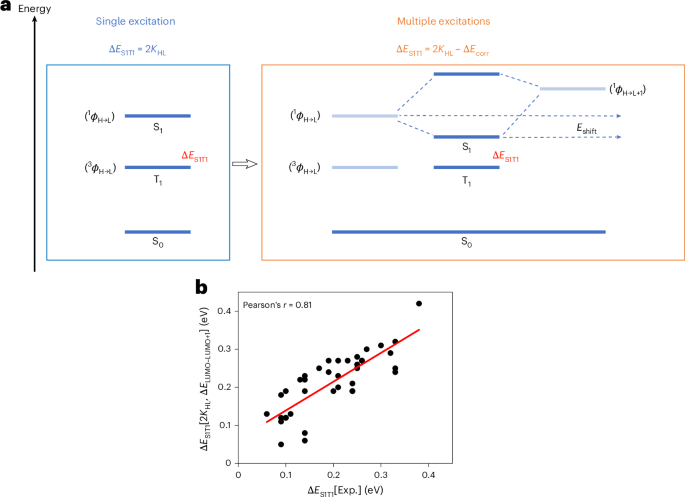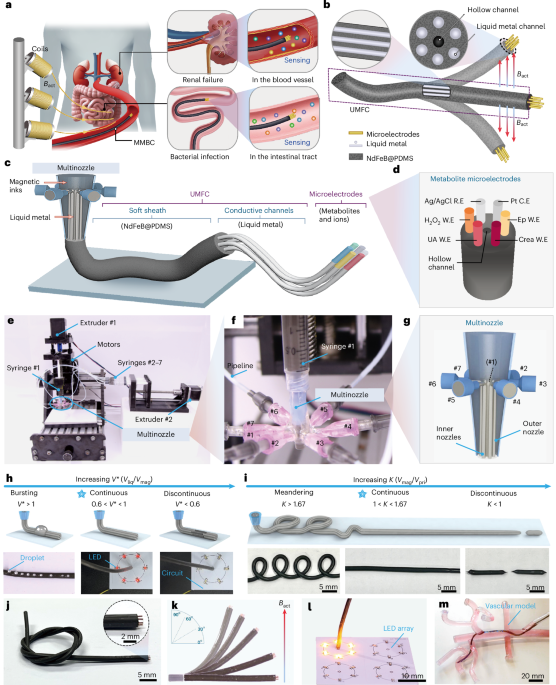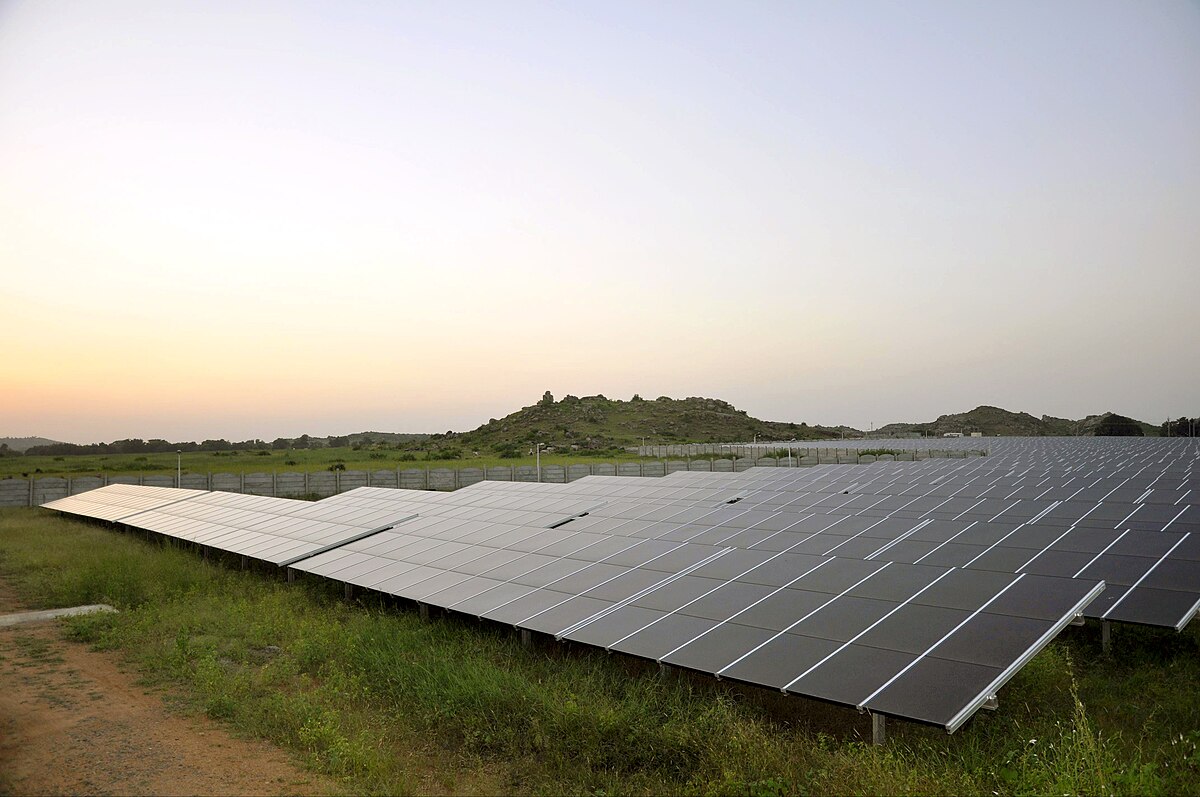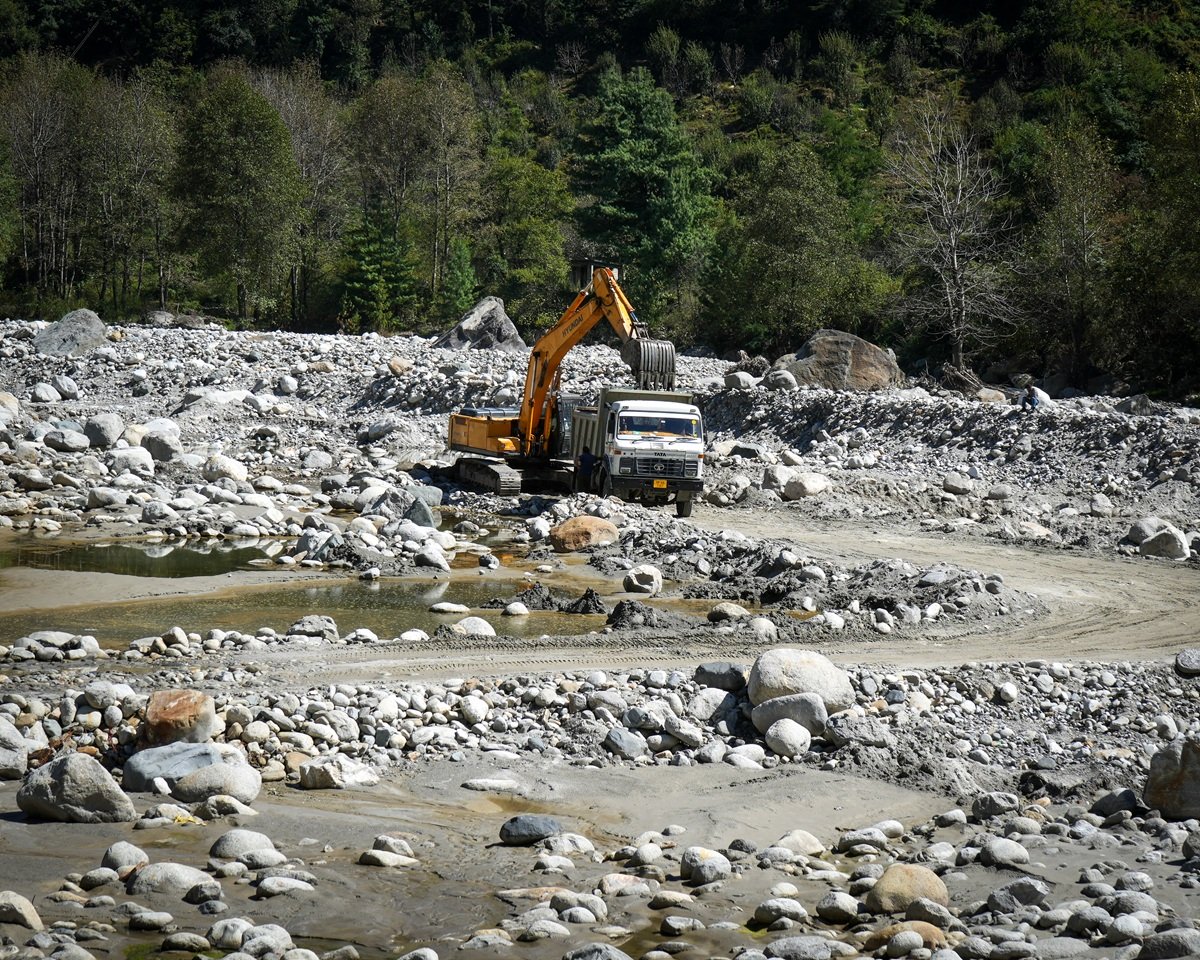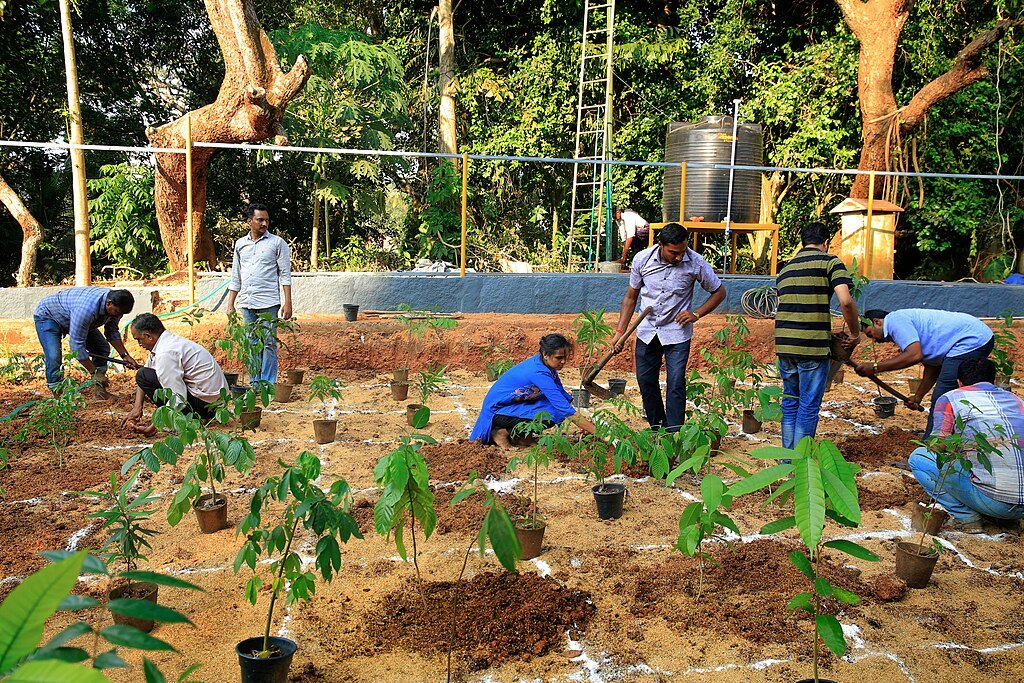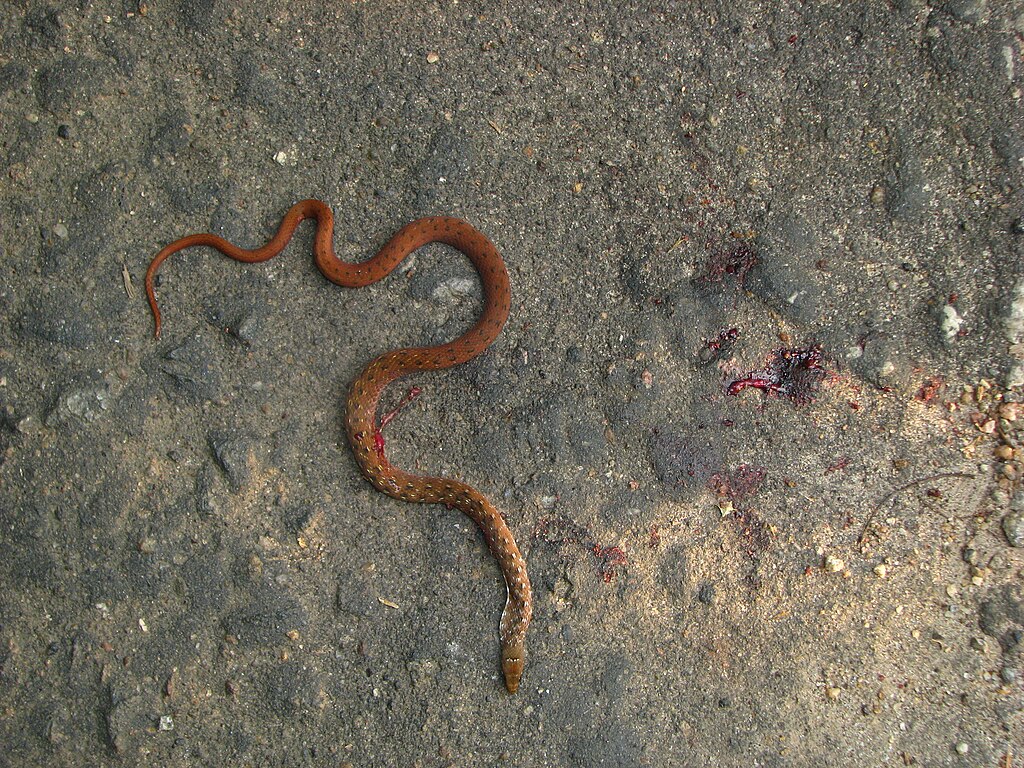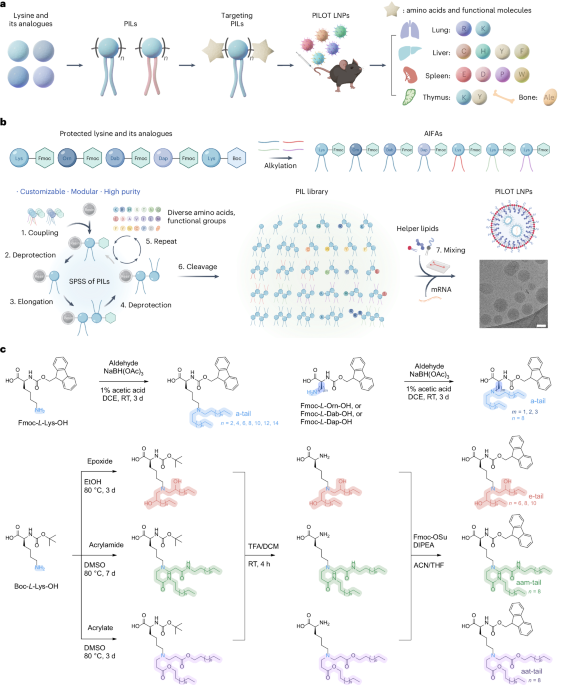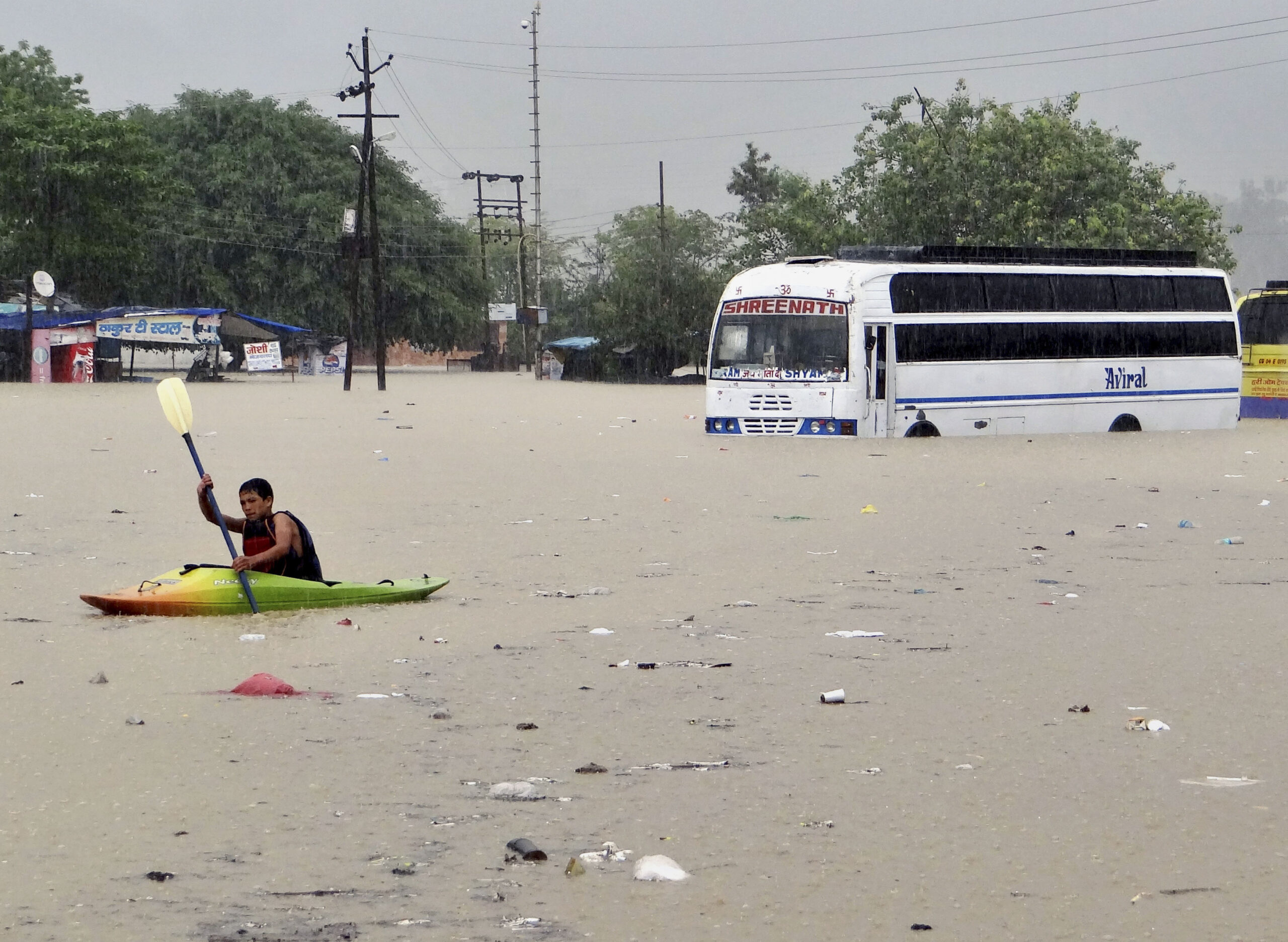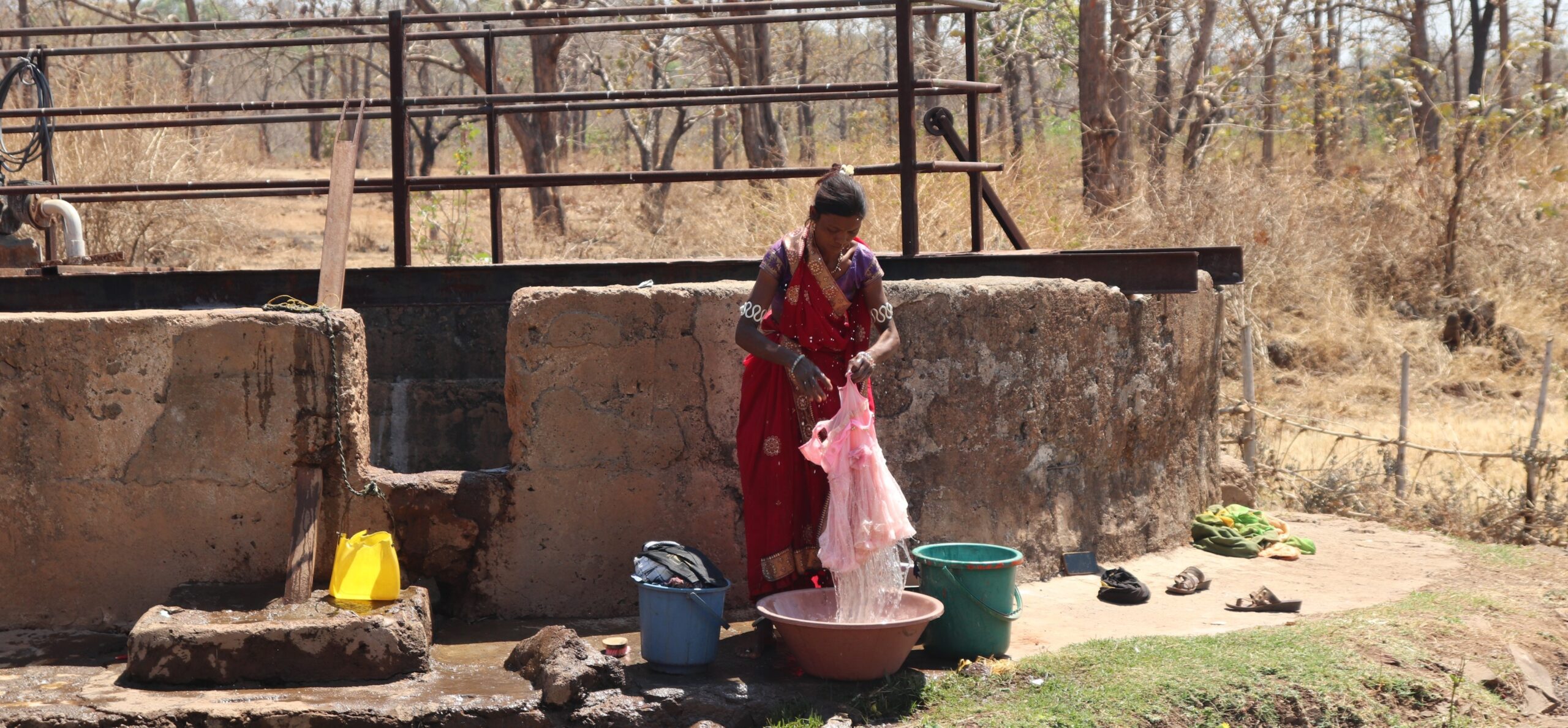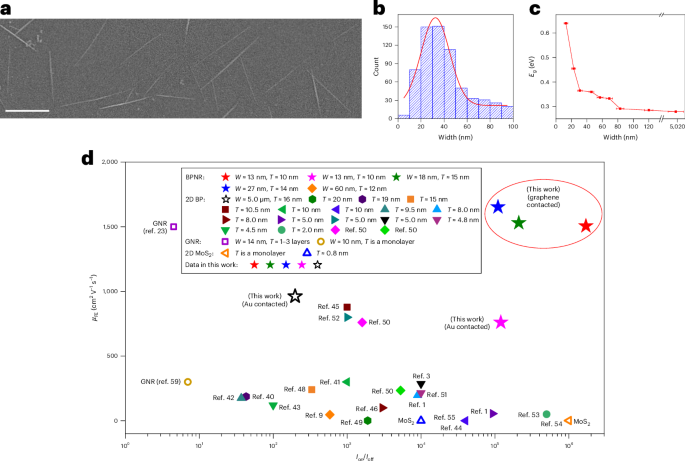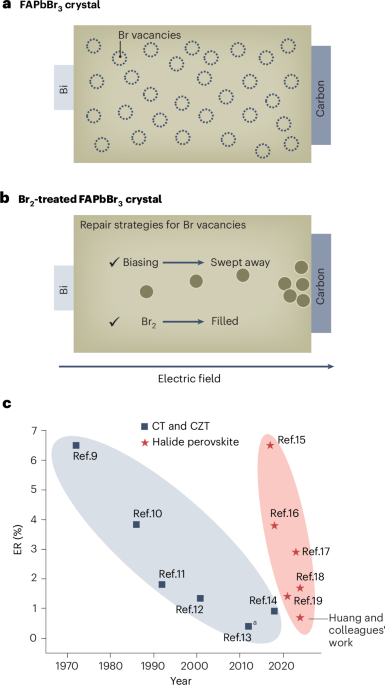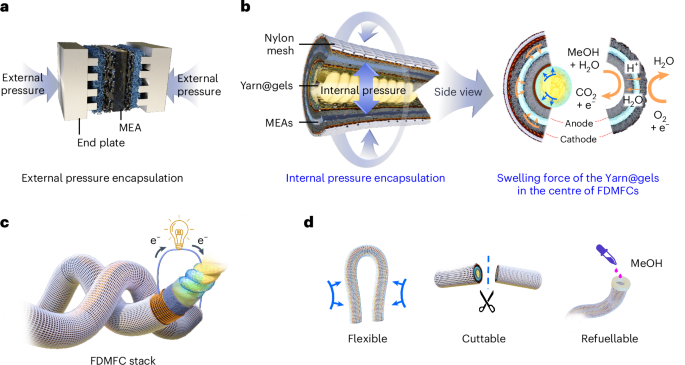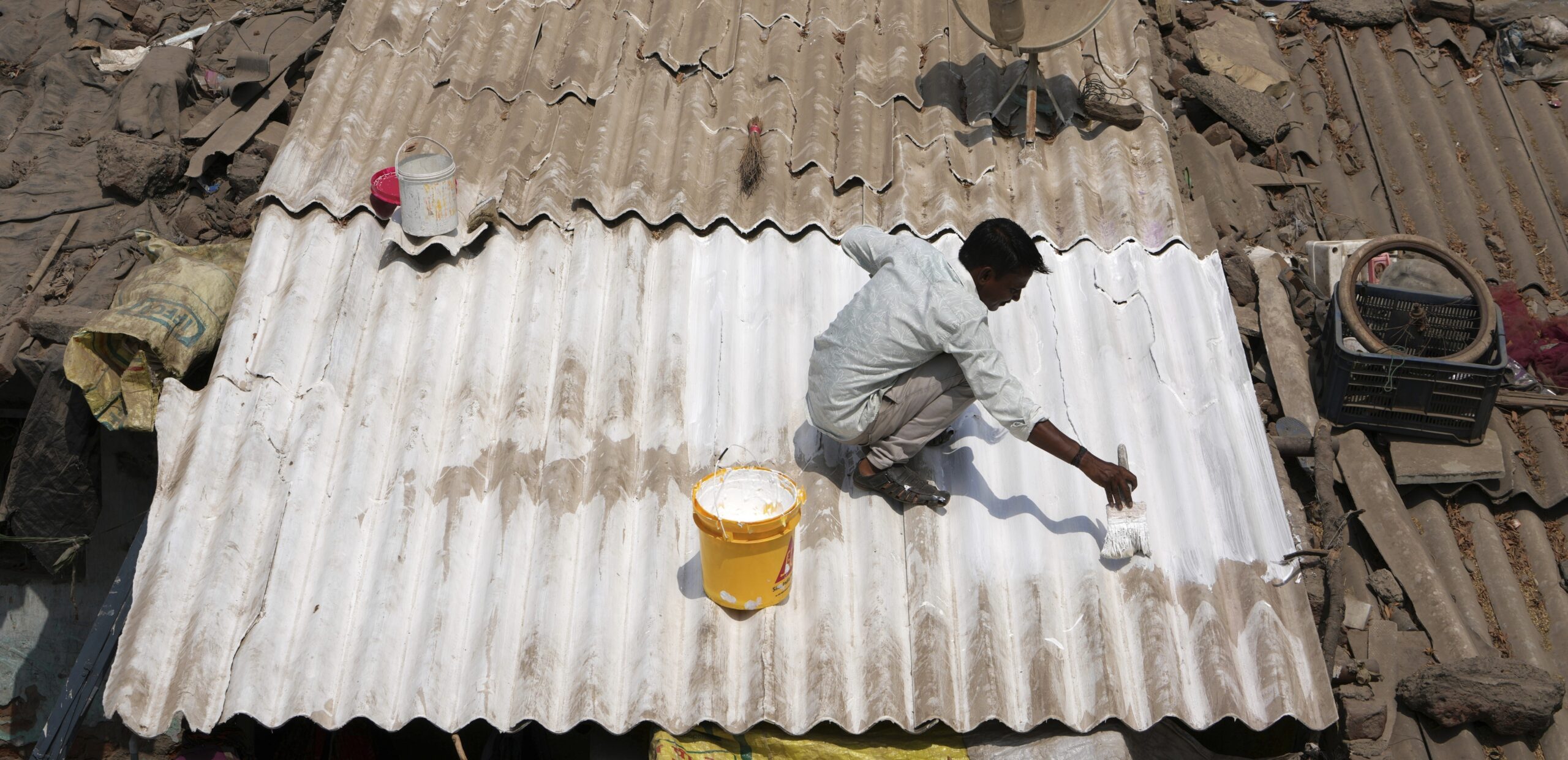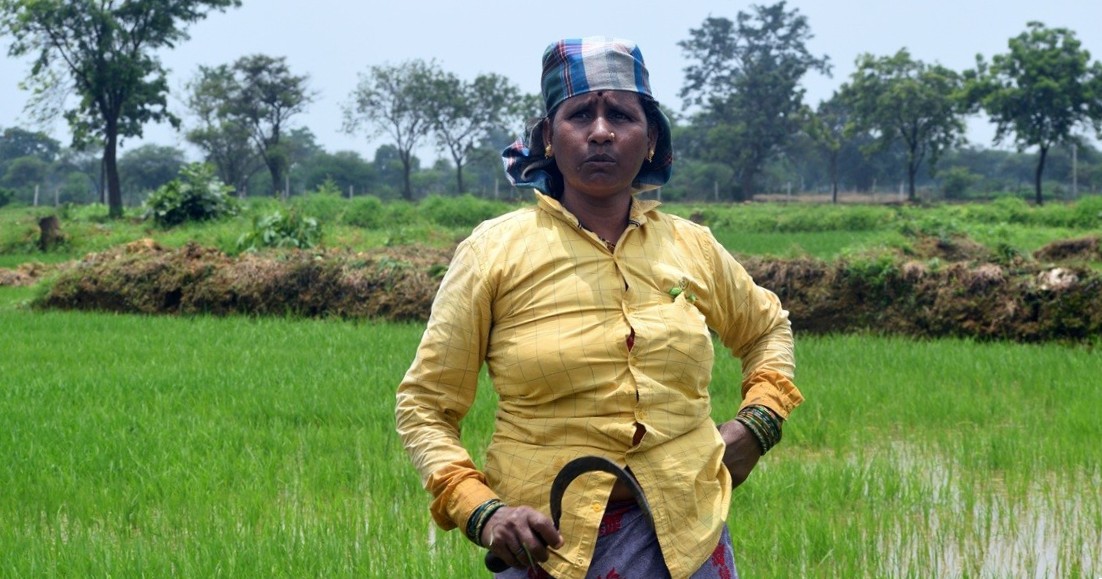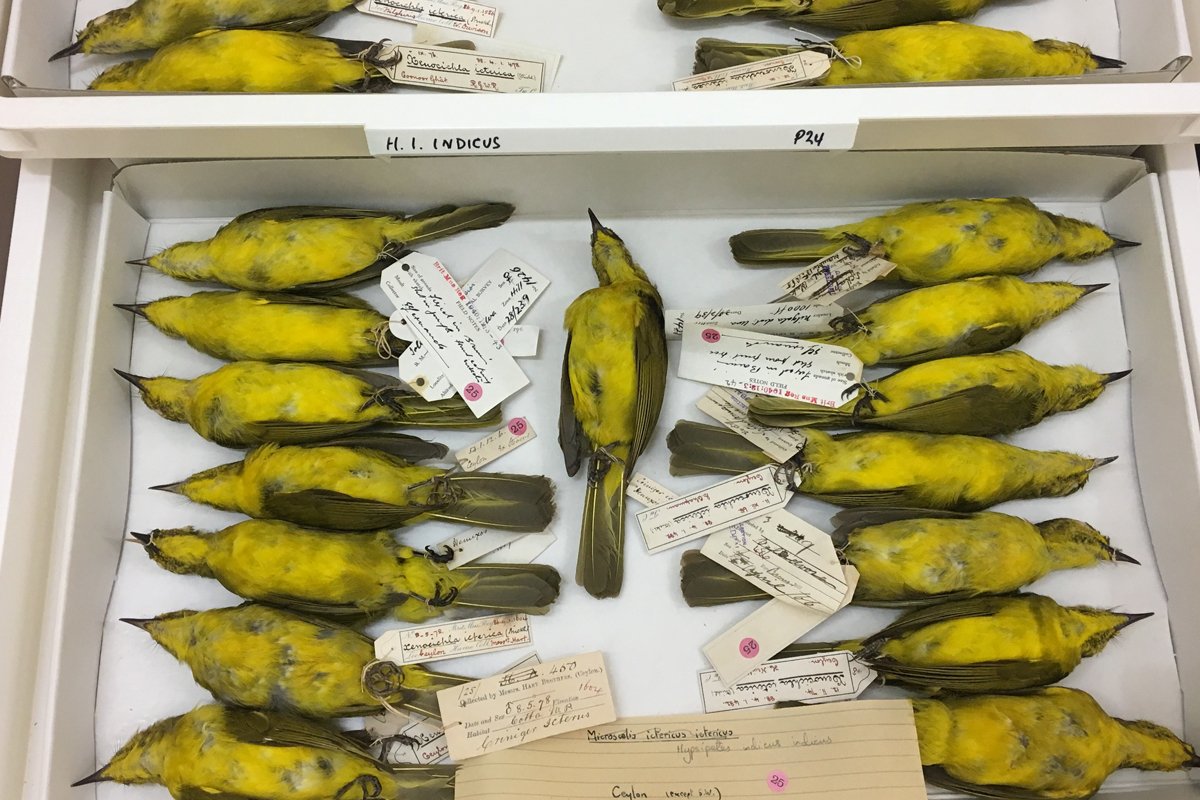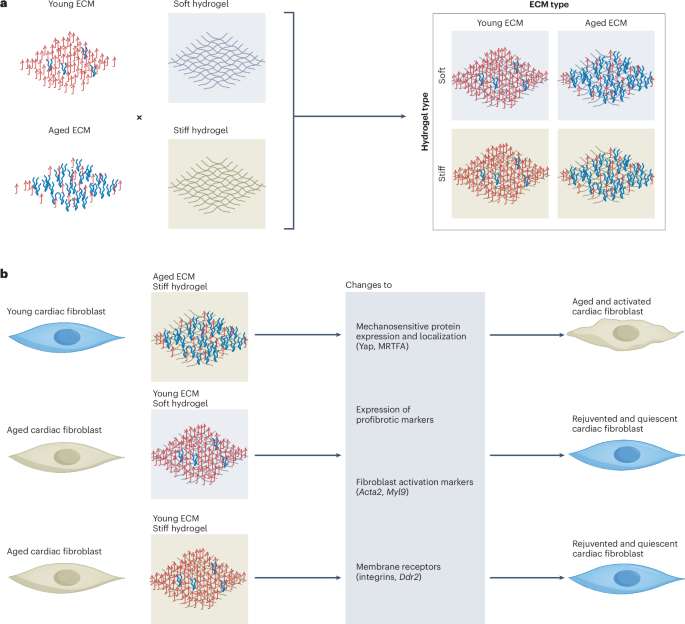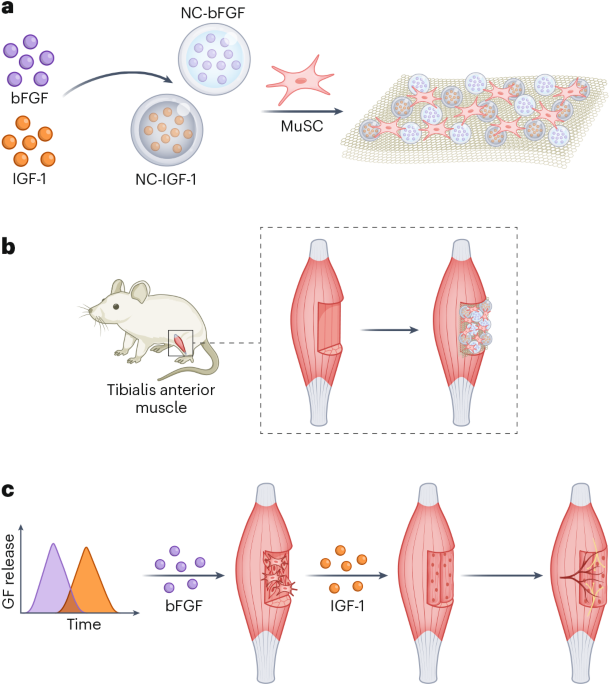
- In the absence of proper menstrual waste disposal systems in Himachal Pradesh, many women are forced to burn used sanitary pads in their backyards.
- This practice, driven by poor disposal mechanisms, social taboos and restrictions, releases toxic fumes, posing serious environmental and public health risks.
- Despite government menstrual hygiene schemes distributing disposable pads, there is a critical policy gap in ensuring safe disposal, leaving women to manage the waste through unsafe and environmentally harmful methods.
A growing environmental and public health concern is emerging across Himachal Pradesh’s towns, where the open burning of used sanitary pads has become a routine method of menstrual waste disposal. Yet, this issue is largely unaddressed. In the absence of safe disposal systems of menstrual waste and amid persistent social taboos, many women, especially urban city migrants living in rented accommodations, are left with no choice but to burn this waste in their backyards.
In the Yol area of Dharamshala — one of the most visited tourist destinations in the state — 25-year-old Ruchika, who moved from Delhi, says the first instruction her landlady gave her was to not dispose of used sanitary pads in the dustbin, and instead burn them in a pit in the backyard. The fumes that arise due to this burning often makes her uneasy. On an average, Ruchika uses 3-4 sanitary pads in a day for the period of the menstrual cycle.
Ruchika’s landlady, Mamta, 40, says that all houses in the area have a pit marked for burning used sanitary napkins. But burning used sanitary napkins produces toxic fumes and leaves the air filled with an unpleasant, lingering stench, they say. However, they don’t have an alternative. “The waste collectors refuse to take them,” they say.
In rural areas of Himachal, particularly the parts that come under the Panchayat, the government waste collectors are male and the women feel uncomfortable giving their sanitary waste. The waste collectors also say they don’t collect sanitary waste because of the lack of disposal mechanism. Many of these areas have volunteers working with nonprofits on waste management. They too say that disposing menstrual waste, remains a challenge.
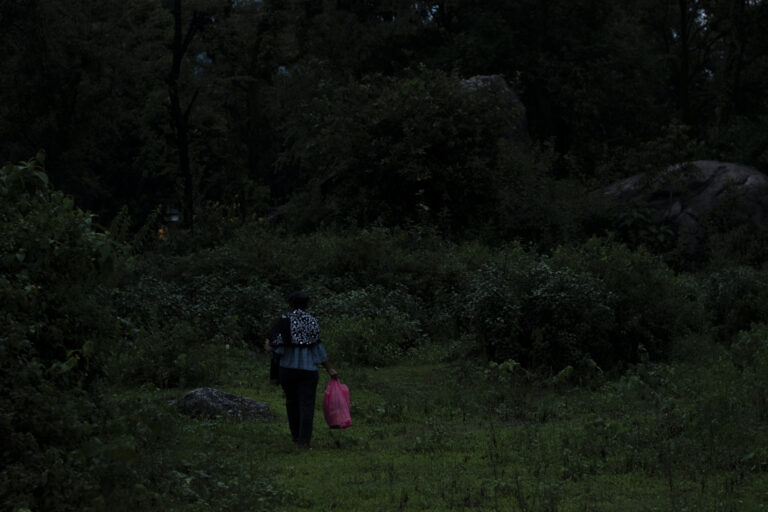
According to the Menstrual Hygiene Alliance of India, India generates nearly 12 billion disposable sanitary napkins every year, majority of which are non-biodegradable in nature, typically made from polypropylene and superabsorbent polymer powder (sodium polyacrylate). “Materials like polypropylene and sodium polyacrylate used in sanitary pads can be harmful to both health and the environment,” said Garima Poonia, Founder of Kachrewaale Foundation and an expert on this subject. She said that these plastics are made using petrochemicals, and while manufacturers don’t disclose the exact chemicals used, research shows many of them are toxic.
The substances used to make sanitary pads don’t break down easily in nature, says Poonia. “When disposed of, they contaminate soil and water, and over time break into microplastics which can enter plants, animals, and eventually humans,” she added. These microplastics act like sponges for toxins, making them far more dangerous when consumed through food or water. On the environmental side, she noted that burning these materials (a common rural disposal practice) releases carcinogens like dioxins and formaldehyde, posing a serious health risk to entire communities through air pollution and contaminated ash.
Raising concerns about the practice, Farooq Ahmad Lone, Professor Division of Environmental Sciences, SKUAST Kashmir, says that that burning sanitary pads releases fine particulate matter that poses serious environmental and health risks. “These pads contain volatile organic compounds (VOCs) and PM2.5, particles, both of which are hazardous and can cause severe health-related diseases, including respiratory cancer.”
“As a physician, I strongly caution against the open burning of sanitary pads due to serious health risks,” said Dr. Prachi Hooda a public health expert who runs a private clinic in South Delhi. She explained that most commercial pads contain synthetic materials, including plastics and superabsorbent polymers, which, when burned, release harmful chemicals. “Burning these materials at low temperatures can release carcinogenic compounds like dioxins, benzene, and formaldehyde,” she said. “Chronic exposure to these toxins has been linked to cancer and serious reproductive health issues.” She also pointed out the respiratory dangers associated with such burning. “The smoke can cause immediate irritation to the eyes, throat, and lungs. Over time, it may lead to chronic bronchitis or worsen existing respiratory conditions like asthma and Chronic Obstructive Pulmonary Disease (COPD),” she added. “This is particularly concerning in rural areas where women may already be exposed to indoor air pollution from cooking fires.”
She also said that if pads are not properly incinerated, the remaining blood and tissue can attract insects or contaminate surfaces and hands during disposal. “This increases the risk of infections such as hepatitis B and C, HIV, or bacterial diseases, especially if the waste is handled without protection.”
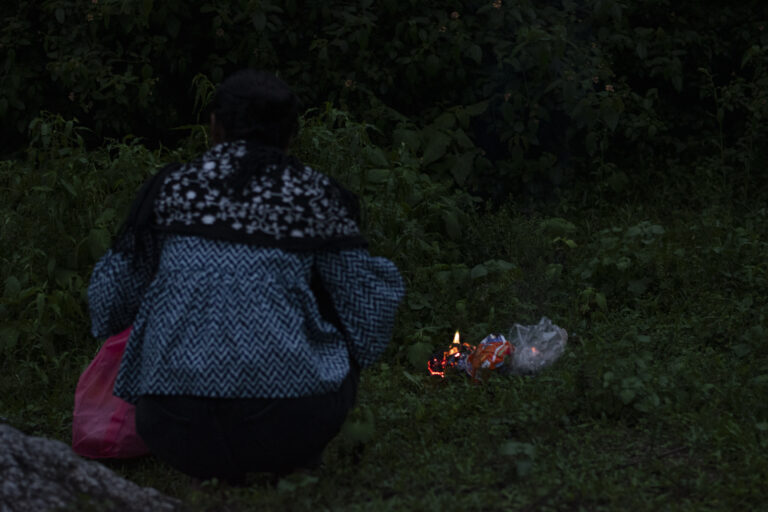
Lack of safe disposal options
Another 23-year-old woman, Arushi Mehta, who moved to Rakkar area of Himachal, from Haryana, a few years ago, says that sometimes, it takes hours for the used sanitary pads to burn completely. “We sometimes do this in the night when it’s too dark, taking with us a lot of newspapers and kerosene, as these are not easy to burn.”
In another part of Kangra district, Bandna Devi, a local resident in her late 30s, narrates the challenges she faces in disposing sanitary waste. Bandna, who works at a local NGO, explains that before burning her sanitary waste, she first tears the used pad, washes off the blood stains, lets it dry, and only then is it ready to be burned. Despite taking a bundle of newspapers and bottles of kerosene, some parts of the used pad still remain unburned.
Another resident, Manisha, shifted to Himachal two years ago. She originally hails from Uttarakhand. When she moved, she faced the same problem, as she, too, was told to burn the sanitary waste. Manisha has now shifted to using menstrual cups, like many other women who have migrated here. Switching to such products is better than burning pads or improper disposal, they feel.
Many of the local women, however, are still sceptical about switching from sanitary pads to alternative menstrual products. Conversations about sustainable replacements like cups are ongoing, often initiated by NGOs, and while some women are accepting the change, most of them stick to burning of pads, mainly because they’re used to it.

The impact of sanitary waste on health and environment
According to a scientific viewpoint in a paper on period product disposal, improper sanitary waste management has detrimental health and environmental impacts. Commercial sanitary pads are non-biodegradable, potentially taking up to 800 years to break down into microplastics. Even though 36% of India’s 355 million menstruating women use sanitary pads, they are met with improper waste facilities, leaving poor outcomes for future generations. There is insufficient national coordination of sanitary waste collection, disposal, and transportation, which are compounded by social stigmas associated with menstruation
Lone says that when used sanitary pads are burned, they release a set of toxic gases. “Disposable pads have chlorine and plastic in them. They release extremely hazardous carcinogenic gases including dioxin furans when burnt at low temperatures.”
According to a case study of a small town in Kangra district, 56% of women disposed of their used menstrual material by putting it in the dustbin with the regular garbage. Fifteen percent of the 124 women interviewed were burning their used menstrual products; 9% were throwing their menstrual products in rivers, 4% of women were throwing them in an open area, and 3% of women took the menstrual product waste to the community garbage collection, noted the study by researchers from the Central University of Himachal Pradesh.
National Guidelines on Menstrual Hygiene Management in India (2015), recommends covering menstrual waste, such as used pads, with paper or the original pad cover before disposal. These guidelines promote safe disposal practices and minimise health risks associated with improper waste management.
Lone says that disposal of sanitary waste on bare soil in itself is problematic. “Plastics do not readily decompose and can persist in the soil for hundreds of years, releasing harmful chemicals into the ground and affecting soil fertility and structure,” he adds. “Microplastics present in sanitary pads can lead to the decrease of species that live below the surface, such as mites, larvae and other creatures that maintain the fertility of the land.”
Teaching women safer and greener menstrual practices
In Himachal Pradesh, the municipal corporation collects trash for the areas it covers. But for rural areas that come under the Panchayat, waste collection is often done by nonprofit organisations once a week.
Waste Warriors is an NGO working on the issue of solid waste management and they’re the sole collector of solid waste in the panchayat areas of Dharamshala.
They say that disposing wet waste, including sanitary waste, remains one of the major challenges. “We have been conducting many Menstrual Hygiene Management workshops around Himachal Pradesh and Dharamshala, which not only focuses on proper sanitary waste disposal but also asserts the need to shift to sustainable sanitary product usage,” says a team member, Khushboo.
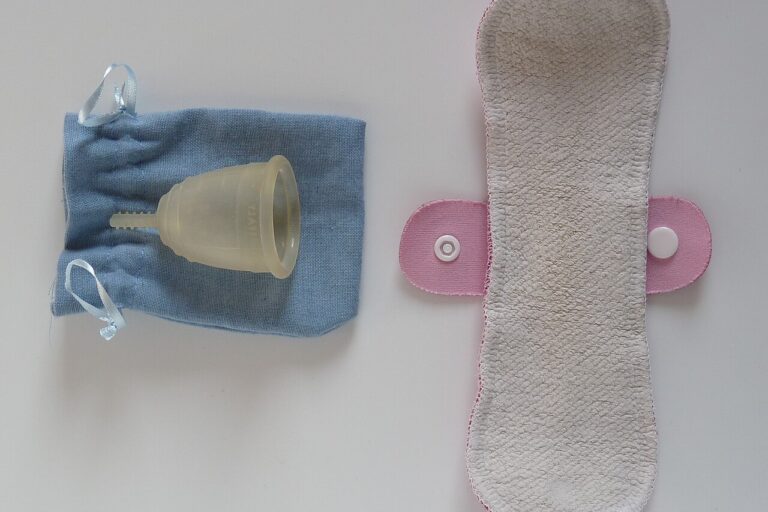
The Waste Warriors says that the burning of pads has more to do with the age-old habits. “A woman who has been burning pads for her entire life will never understand the alternative ways of disposal,” she says. “People here do not understand the consequences of burning sanitary waste.” Batra adds that women also don’t throw their pads in bins, as most waste collectors are male, and they feel a sense of shame due to the social stigma around menstruation. Batra says that awareness and switching to alternative methods such as cloth pads, tampons and sustainable pads can help mitigate this silent disaster.
Citation:
- Williams, S. (2023, August 8). How many pads a day is normal when you’re on your period? Cosmopolitan. https://www.cosmopolitan.com/uk/body/a44456321/heavy-flow/
- Saahas.org. (2025, June 13). Cycle of change – Saahas.org.
- Biju, A. (2023). Period product disposal in India: the tipping point. The Lancet Regional Health – Southeast Asia, 15, 100214. https://doi.org/10.1016/j.lansea.2023.100214
- Babita, Parasher, A., & Punam, S. (2024). MENSTRUAL WASTE MANAGEMENT PRACTICES: A CASE STUDY OF a SMALL TOWN DEHRA IN KANGRA, HIMACHAL PRADESH. International Journal of Creative Research Thoughts (IJCRT), 12(12), e548–e549. https://ijcrt.org/papers/IJCRT2412494.pdf

























